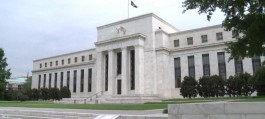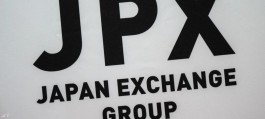The US Federal Reserve is expected to keep interest rates unchanged at its two-day meeting starting today, but it is likely to pave the way for a rate cut in September by acknowledging that inflation is approaching the central bank's 2% inflation target.
Policymakers were hesitant before July 30-31 to commit to a specific timing for the first rate cut, but recent positive data has shown that price pressures are broadly easing, with headline inflation approaching the central bank’s target, and evidence from the labor market, housing and other markets that the downward trend will continue.
Data released Friday showed the personal consumption expenditures price index, the Fed’s preferred inflation gauge, rose 2.5% in June after rising to 2.6% in May. Since March, the index has been up 1.5% on a monthly basis, half a percentage point below the Fed’s target. Core inflation, which strips out volatile items like food and energy, was 2.3%, within the Fed’s target range.
Combined with a broad sense that price pressures are easing, the data may be enough for Fed officials to change the inflation description as high in next week's policy statement and signal growing confidence that the pace of price increases will return to 2%.
Policymakers have said they need to start cutting interest rates before inflation returns to their target, and if upcoming data is in line with recent ones, they may be running out of time.







































